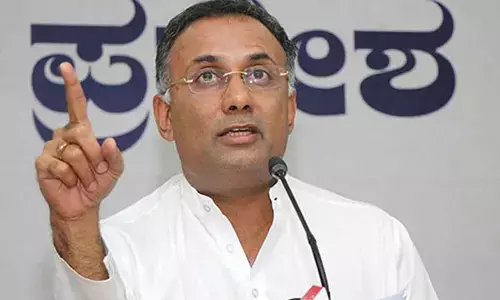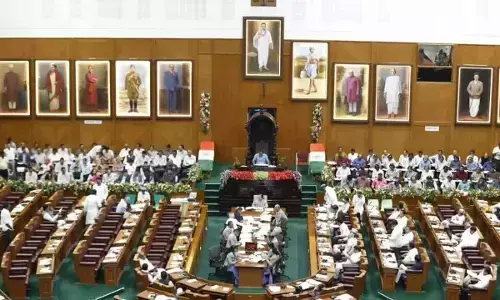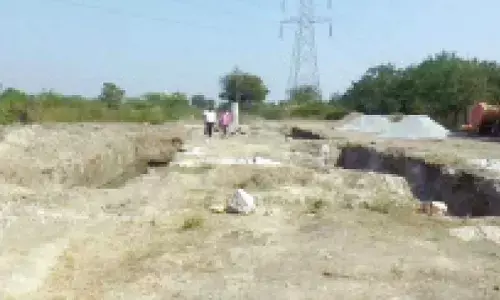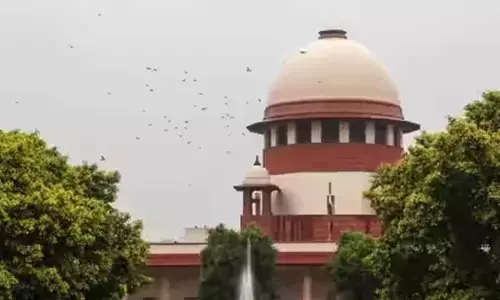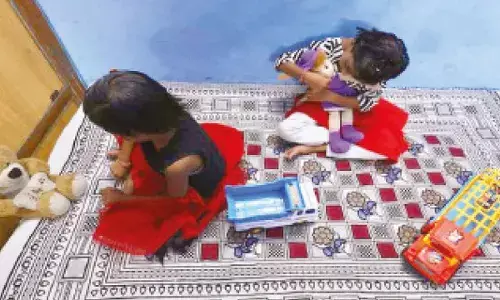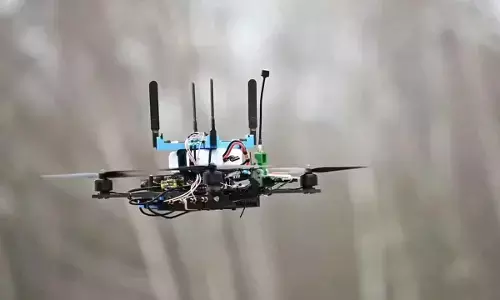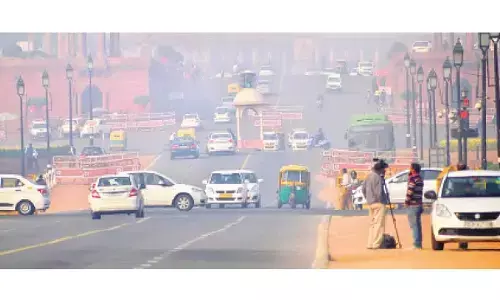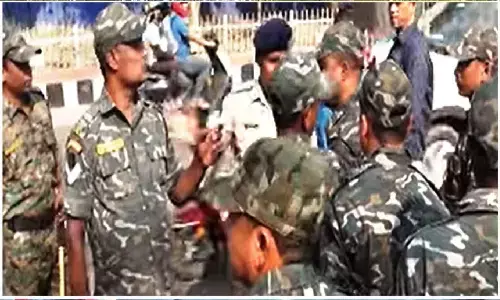Aditya L1 Mission: ISRO's Aditya L1 to study the dangers of solar storm
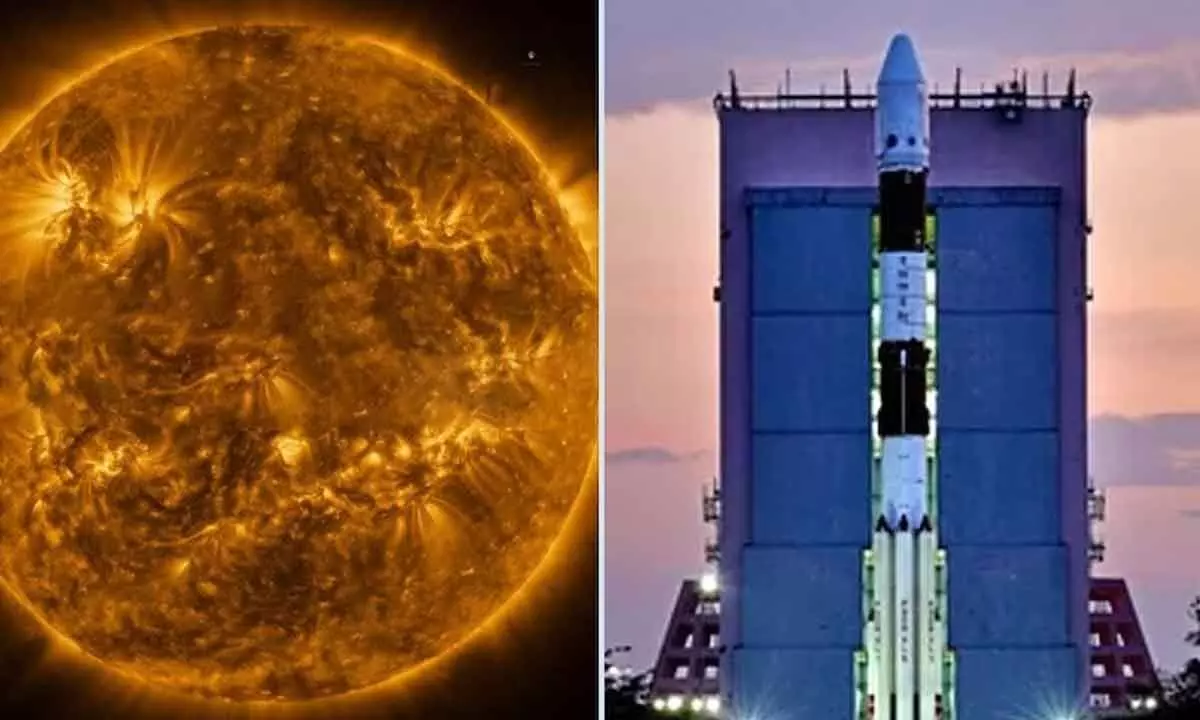
In February 2022, a robust solar storm destroyed 40 Starlink satellites launched by Elon Musk's SpaceX. Now, a year and a half later, ISRO's Aditya-L1 mission will try to study the dangers of these space weather phenomena.
India's Polar Satellite Launch Vehicle-C57 (PSLV-C57) lifted off with the country's Aditya-L1 spacecraft to study the Sun this morning at 11:50 a.m. The scientific objectives of the Aditya-L1 mission include the study of coronal heating, solar wind acceleration, Coronal Mass Ejections (CME), dynamics of the solar atmosphere and temperature anisotropy.
According to an update from SpaceX, the solar storm occurred just a day after the launch of the Starlink satellites. The update confirmed that a solar storm was behind the company losing its fleet of satellites by increasing air resistance in the upper atmosphere. It stated: "Preliminary analysis shows the increased drag at the low altitudes prevented the satellites from leaving safe mode to begin orbit-raising maneuvers, and up to 40 of the satellites will reenter or already have reentered the Earth's atmosphere".
Aditya L1 Mission: Aditya L1 to study the dangers of solar storm
A year and a half later, ISRO launched the Aditya-L1 mission to study and uncover space-weather secrets that have confounded humans for over two centuries. Even today, many solar observatories, such as NASA's Solar Dynamics Observatory, ESA's Solar and Heliospheric Observatory and Solar Orbiter, continue observing the Sun to improve our analyses and solar storm prediction models. Still, so far, there has been no progress.
It's because there are still many things we don't know. We need to find out how solar flares erupt in sunspot regions or the early signs of such flares. We also don't know how to predict how much solar material, known as CME, may be dislodged during an eruption and how it travels through space to hit Earth.
We need these answers as soon as possible, as the Sun approaches the peak of its solar cycle, and solar storms like the one that destroyed Musk's satellites may be more frequent now. However, if we can find a reliable way to predict such storms, we can move satellites out of their path, shut down power grids, and even stop wireless communications until the storm passes.
Among the seven payloads on board the Aditya-L1 spacecraft, the Aditya Solar Wind Particle Experiment (ASPEX) and the Plasma Analyzer Package for Aditya (PAPA) are capable of studying the solar wind and energetic ions, as well as its energy distribution. The Solar Low Energy X-ray Spectrometer (SoLEXS) and the High Energy Spectrometer (HEL1OS) will also study X-ray flares from the Sun over a wide range of X-ray energy.








